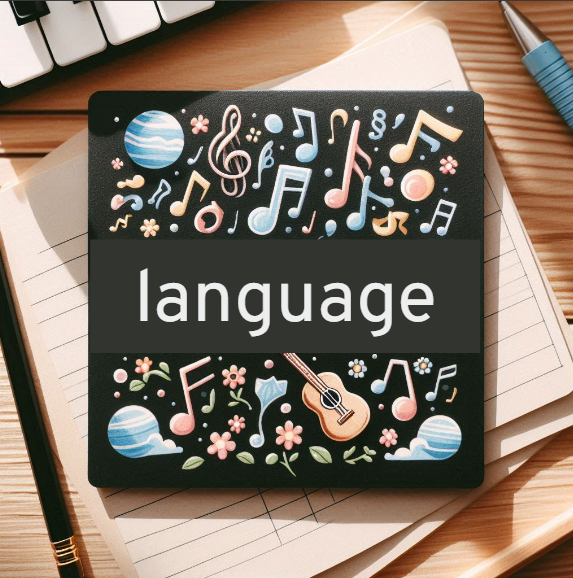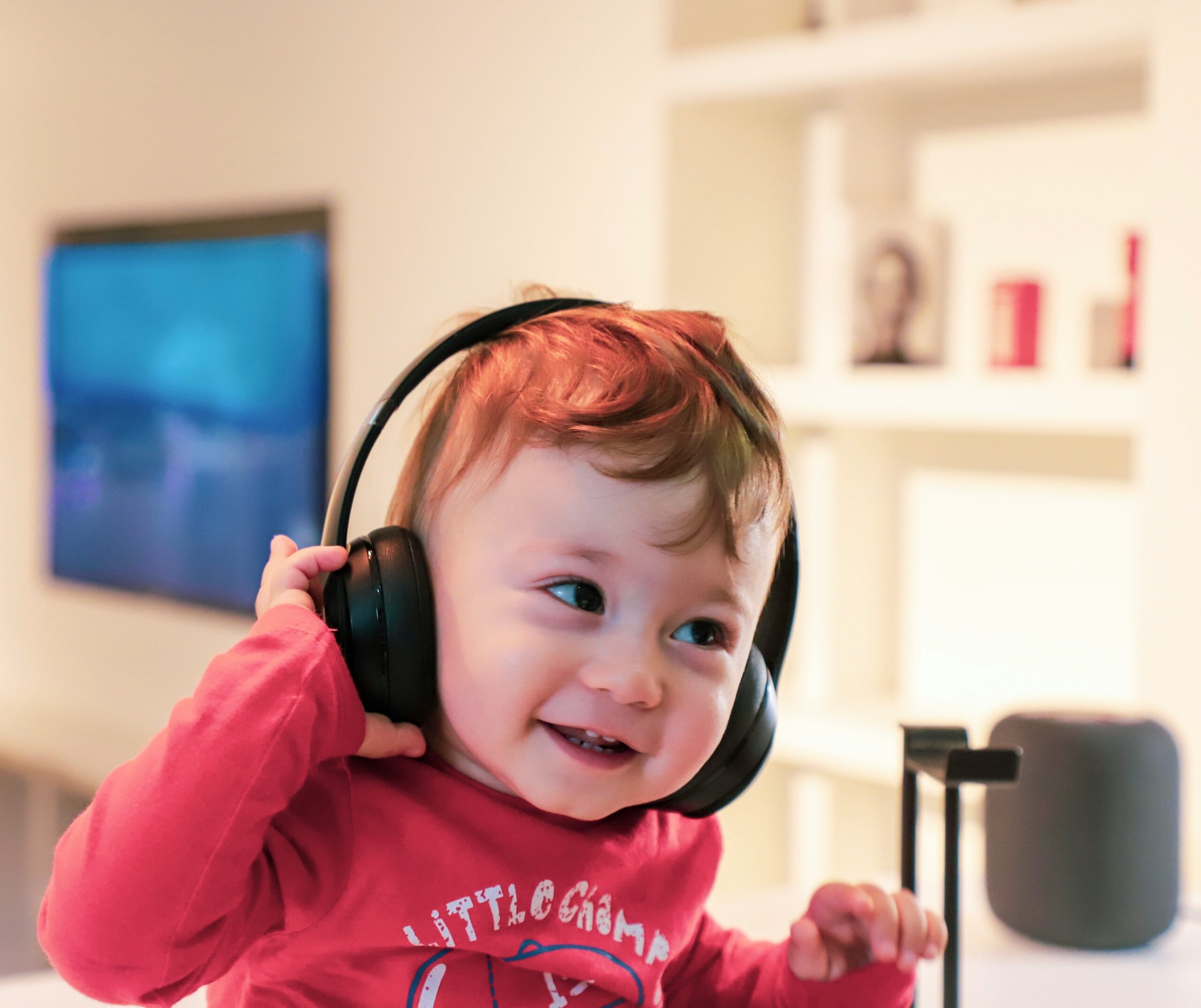What makes music scary?
Since September feels like the kick-off to spooky season, it got me thinking…what makes something scary? Specifically, what makes music scary? Obviously, something might be scary to one person and not to another, although music tends to be pretty universal in what sounds scary. For kiddos, it’s a little easier to figure out what they’ll find frightening. But sometimes it’s incredibly random and unexpected!
I was thinking about this recently and reflecting with our, now, 18 year old. He and I were reminiscing on how a picture on the wall at Red Robin (Albert Einstein looking silly with his tongue sticking out) absolutely traumatized him when he was about four years old. Ironically, he is now my child who most enjoys a good scary movie!
Then, there was a phase with our daughter when she was not-quite-two: she discovered her shadow and was beyond terrified every single time she noticed it following her. (Blood curdling shrieks!) Thank goodness the things that kids find spooky or scary do tend to pass!
Darkness, things that aren’t real or that we don’t understand, peril – these things tend to scare a lot of us. With our oldest kiddo, watching the Disney animated version of ‘Beauty and the Beast,’ the scene when Belle flees the Beast and is chased by the wolves scared and scarred him for a while! (Oops…parenting fail! Guess he was too young for that one.)
The scene is a master class in how the setting, but even more so, the music, fills the viewer and listener with fear. When Belle is tiptoeing up to the rose in the glass case, the music has swirling pianissimo strings that add a hint of building excitement and suspense. There’s even a moment of the recognizable Beauty and the Beast theme, but instead of ending on it’s usual chord, it ends with dissonance – a lack of satisfying harmony, moving into minor discontent. The sound of happy-ever-afterness that we expect – isn’t there and gives the listener a sense of unrest and dissatisfaction.
The Beast’s anger is matched by sforzando moments matching his rage – sudden, jarring blaring brass continue to crescendo and accelerando. The increase in loudness – sometimes shrill and unexpected – matched with increased speed, can immediately illicit excitement, adrenaline, fear. The tempo and dynamics don’t die down and build in ascending pitches as Belle rides away from the castle on her horse. Things come to a brief moment of stand-still, a rest, as she has a stand-off, surrounded by a pack of angry wolves. Silence in music gives us a chance to collect oursleves but also forces us to sit in anticipation of the unknown…
Spoiler alert: The Beast saves the day, Belle worries about him, and as they head back to the castle, the music returns to the hope-filled, major-key theme that we know and love, assuring us that, despite the moments that forced us to question everything, this will, of course, end happily ever after. Phew!
All of this is to say, without music and the magical way it feeds us feelings, some things just aren’t that scary. I tell my older students, next time they’re watching something that feels a little scary, cover ears or mute the volume. Without the sounds of dissonance, discomfort and stress, the experience will be incredibly different.




